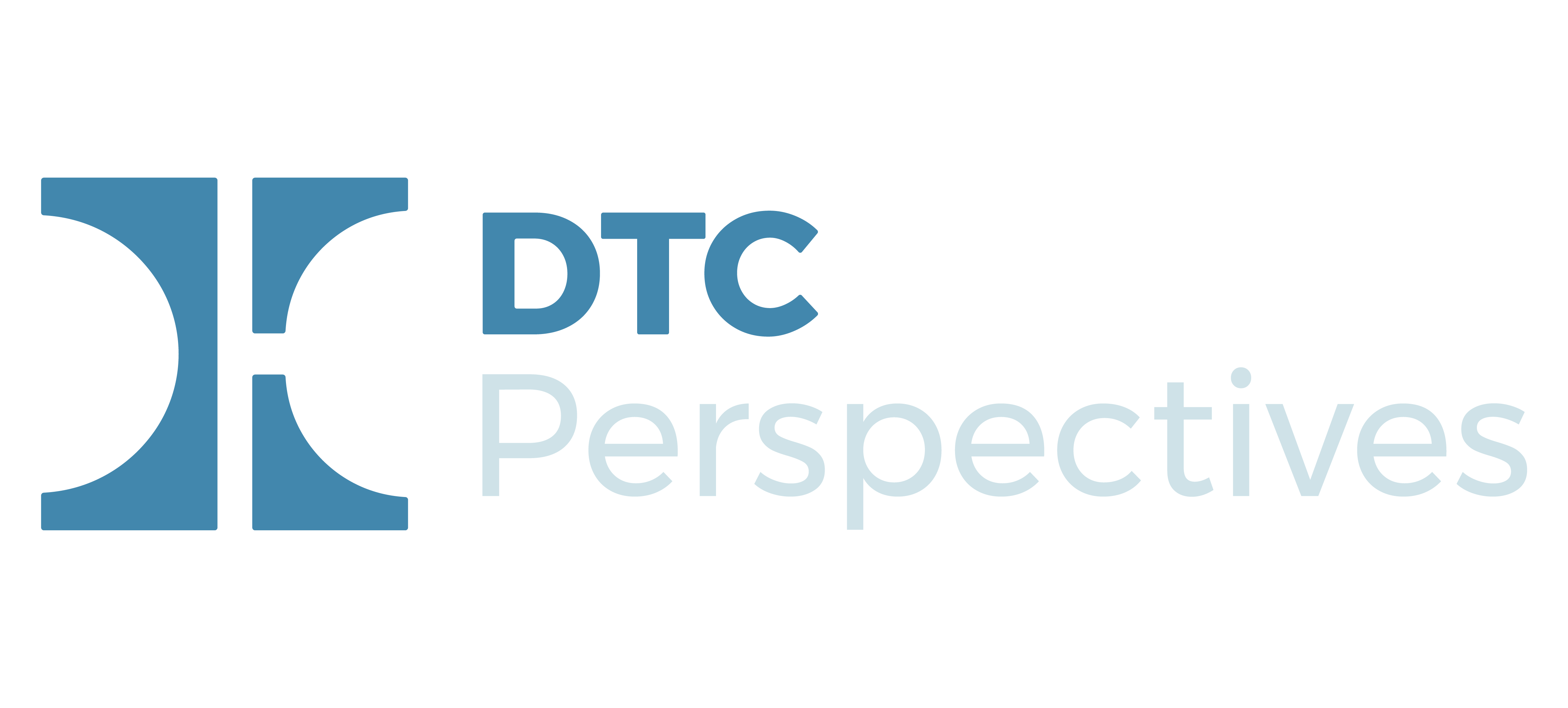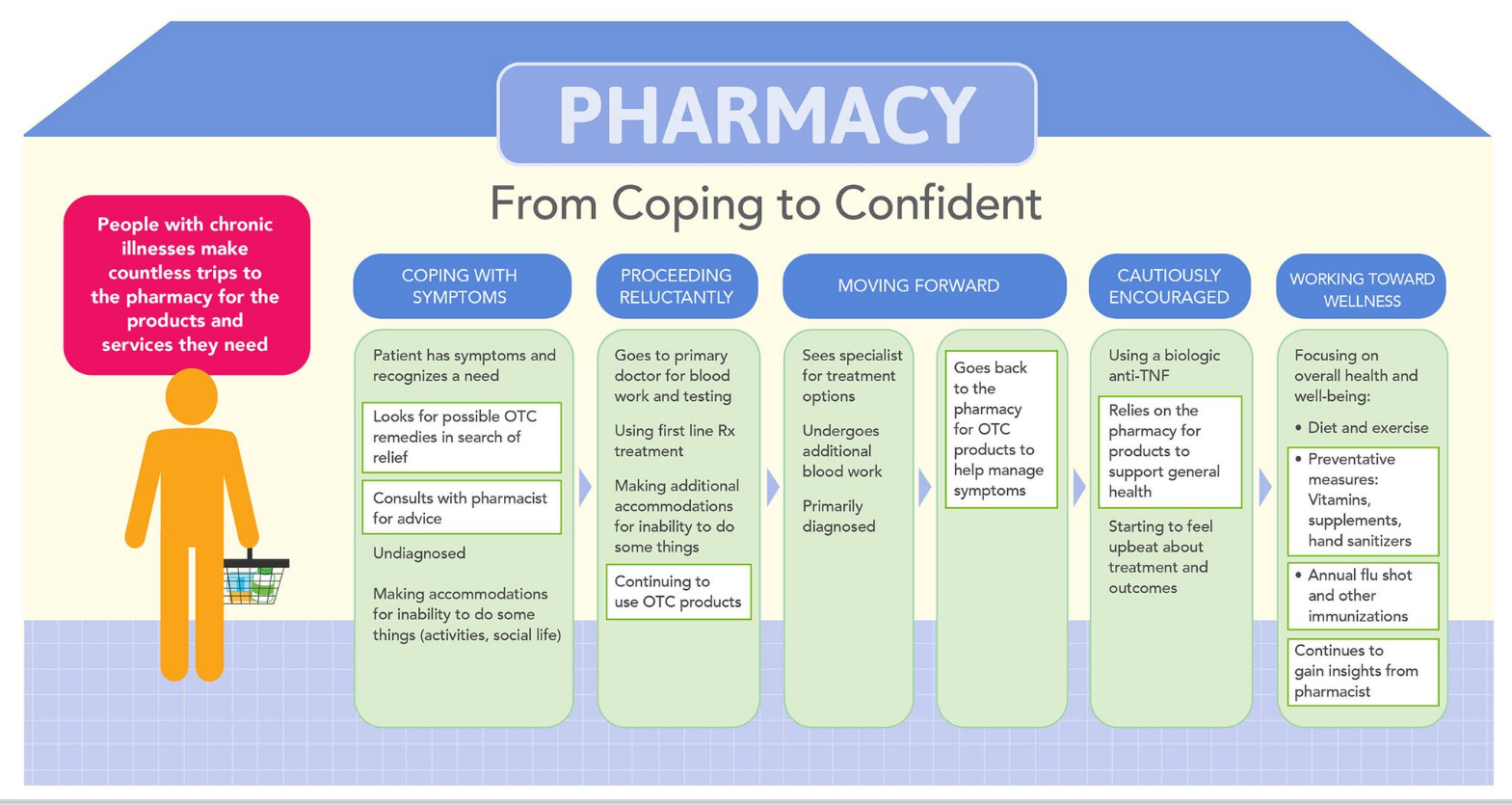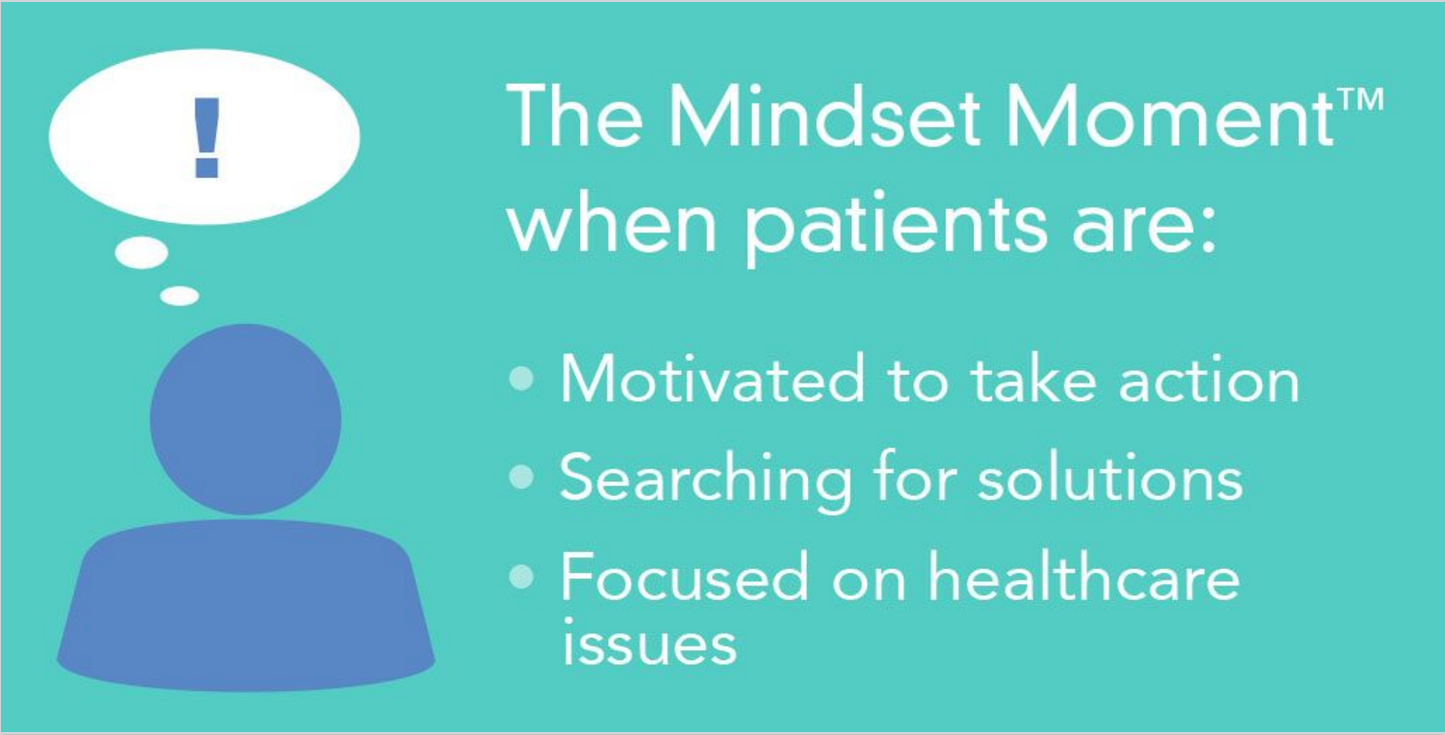 In the latest Gallup poll, 55% of Americans “worry a great deal” about the availability and affordability of healthcare. The concerns around healthcare top the list, beating out other major concerns such as Crime and violence, Federal spending and the budget deficit, and Availability of guns. A further 23% ranked their concern level at “a fair amount” and another 23% classified themselves under “only a little or not at all.”*
In the latest Gallup poll, 55% of Americans “worry a great deal” about the availability and affordability of healthcare. The concerns around healthcare top the list, beating out other major concerns such as Crime and violence, Federal spending and the budget deficit, and Availability of guns. A further 23% ranked their concern level at “a fair amount” and another 23% classified themselves under “only a little or not at all.”*
According to Gallup, this is the fifth consecutive year that healthcare availability and affordability tops the list. (The first year that healthcare was asked about was in 2001.) Senior Editor Jeffrey M. Jones, PhD, noted in the article highlighting the results that, “It is the only issue of the 11 Gallup has measured consistently to maintain this level of worry.”
Jones added that after being nearly “equally likely to worry about [healthcare] in between 2014 and 2016, after major provisions of the Affordable Care Act went into effect,” currently “Democrats have typically worried more than Republicans about the issue, including a 72% to 39% difference this year.”
With President Trump and Congress “taking steps to undo key provisions of the law,” Jones predicts that “Americans' anxiety about the healthcare situation should persist. … Democrats' especially high concern about healthcare could make it a mobilizing issue for the party as it seeks to win control of Congress this fall.”
For more information and poll results, click here.
* Results for this Gallup poll are based on telephone interviews conducted March 1-8, 2018, with a random sample of 1,041 adults, aged 18 and older, living in all 50 U.S. states and the District of Columbia. For results based on the total sample of national adults, the margin of sampling error is ±4 percentage points at the 95% confidence level.









